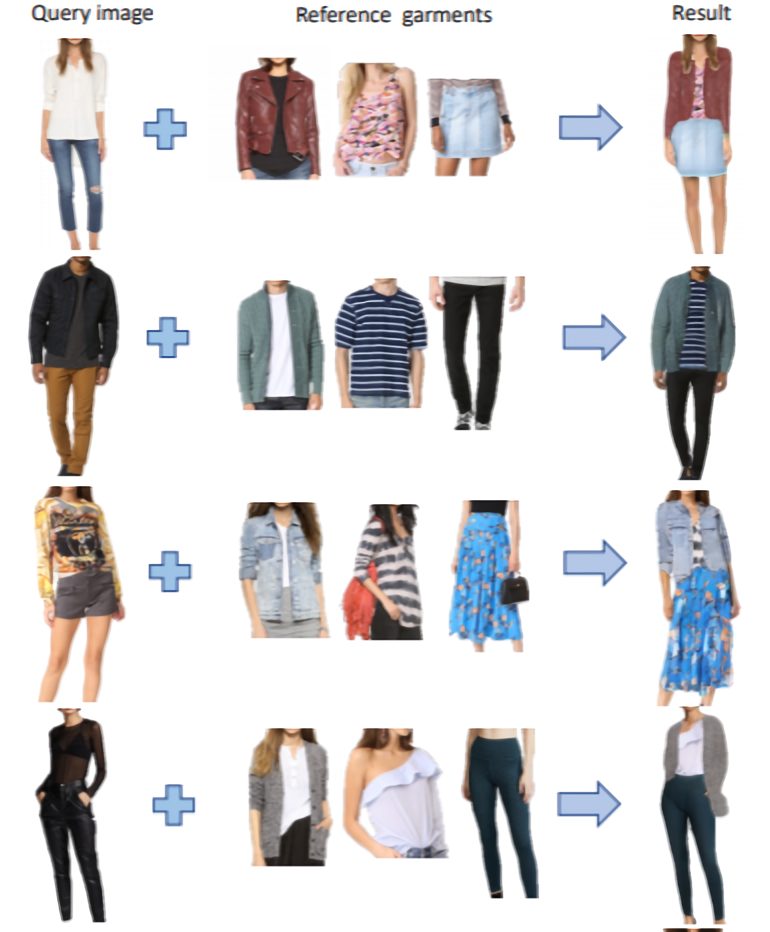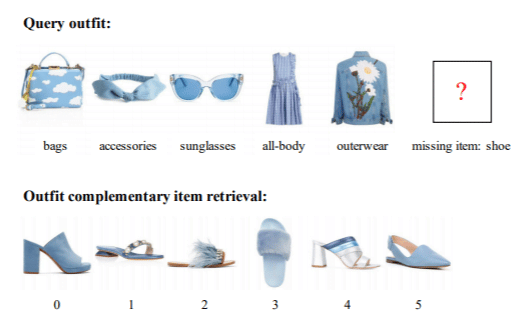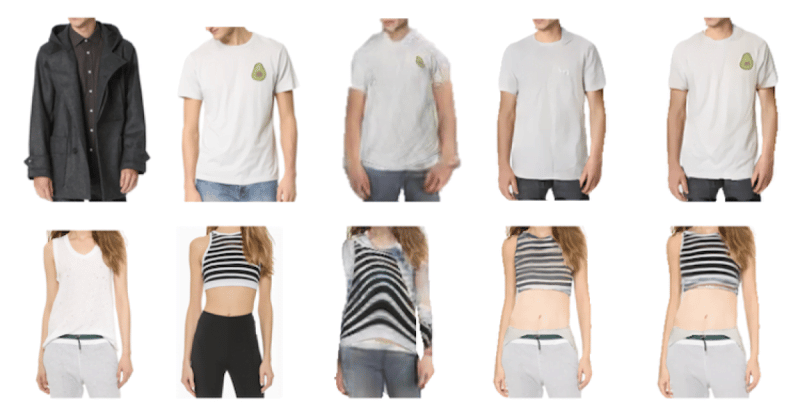Amazon researchers have created a series of papers to present at the IEEE Conference Vision and Pattern Recognition (CVPR).
In the papers, Amazon researchers propose AI systems that could form the basis of an assistant who helps customers try on clothes online before buying them.
One system allows people to fine-tune searches by describing variations on a product image, while another suggests clothes based on what they've already worn because they "look good on you." A third system mixes data and images and comes up with a photo of a model wearing the chosen dress, or the various chosen clothes combined into a single look.

Amazon already uses artificial intelligence to enhance its services (not yet present in Italy). Style by Alexa, for example, a feature of the Amazon Shopping app that suggests, compares and evaluates clothing using algorithms and human operators. Or ways to try on clothes online and offline like Prime Wardrobe, which allows users to rate clothes online, try them on and return those they don't want to buy.
With these solutions, Amazon is aiming for a larger share of sales. Even with products that customers might not normally choose.
Tests in a virtual dressing room
Researchers from Lab126, the Amazon laboratory that created products like Fire TV, Kindle Fire and Echo, developed an image-based virtual test system called Outfit-VITON. Outfit VITON is designed to help visualize how clothing items in reference photos could look like on a person.
The system can be trained on a single image using a generative adversarial network (GAN). If you don't know what a GAN is, here I explain it clearly (I hope).
Online clothing shopping offers the convenience of shopping from the comfort of your home, a wide selection of items to choose from, and access to the latest products.
However, it does not allow you to try physically, and this limitation has encouraged the development of virtual fitting rooms, in which images of a customer wearing selected clothing are automatically generated. This helps to compare and choose the most desired garment (or look).

How Outfit-VITON works
Outfit-VITON comprises two parts. A shape generation model whose inputs are an image that serves as a template for the final image. And a certain number of reference images, clothes that will then be transferred to the model.
In the initial stage, AI segments the input images and calculates the body model of the person making the request. The selected segments are then "sewn" and virtually recombined on the model's body, until the complete image of our avatar wearing the dress is created.
Smart requests
One of the papers addresses the challenge of using text to refine a request in the “virtual dressing room.” A client may say something abstract like “I would like something more formal” or precise like “Change the style of the sleeves,” and is trained to edit the final images based on these requests.
In tests, the researchers say that the AI system found text requests 58% more frequently than its more effective predecessor.
Recovery of complementary articles

The latest paper examines a technique for large-scale data recovery. The AI system predicts the compatibility of an item of clothing with other items and accessories, allowing a customer to try on clothes online such as shirts or jackets and receive shoe recommendations.
Trying clothes online: a new standard?
“Customers often purchase clothing items that fit well with what was selected or purchased before”, the researchers wrote. “Being able to recommend compatible items at the right time will improve their shopping experience. Our system is designed for large scale and surpasses the state of the art in terms of compatibility prediction.”
In short, we will have a virtual sales assistant who advises us (and politely "bothers" us) about clothes to try on online, suggesting very perfect combinations. And we won't even have to go behind a booth to change.


